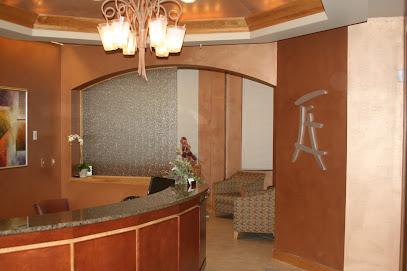
A gum graft (also known as a gingival graft or periodontal plastic surgery), is a collective name for surgical periodontal procedures that aim to cover an exposed tooth root surface with grafted oral tissue.
Once the need for gum grafting surgery has been determined, there are several treatments the dentist will want perform before gum grafting takes place. First, the teeth must be thoroughly cleaned supra and subgingivally to remove calculus (tartar) and bacteria. The dentist can also provide literature, advice and educational tools to increase the effectiveness of homecare and help reduce the susceptibility of periodontal disease in the future.
Initially, small incisions will be made at the recipient site to create a small pocket to accommodate the graft.Then a split thickness incision is made and the connective tissue graft is inserted into the space between the two sections of tissue. The graft is usually slightly larger than the recession area, so some excess will be apparent.
Sutures are often placed to further stabilize the graft and to prevent any shifting from the designated site. Surgical material is used to protect the surgical area during the first week of healing. Uniformity and healing of the gums will be achieved in approximately six weeks.
Reviews
Rating 5.0 out of 5 based on 2 reviews
Sort by
newest oldest highest lowestS Weber
3 years ago
Dr. Elliott provided care to me for two complex implants requiring additional grafting. He is model for patient care and expertise. Thanks again Dr. Elliott!!
Jeffrey Eichensehr
4 years ago
I've been seeing Dr. Elliott for several years now. Always professional and caring. I highly recommend him and his team for any service.
Jeffrey Eichensehr
5 years ago
I've been seeing Dr. Elliott for several years now. Always professional and caring. I highly recommend him and his team for any service.